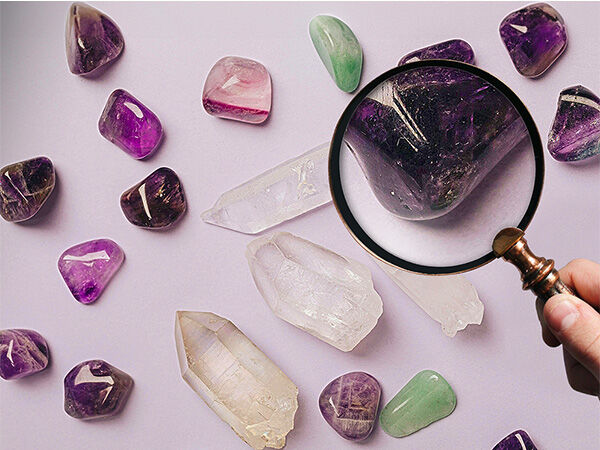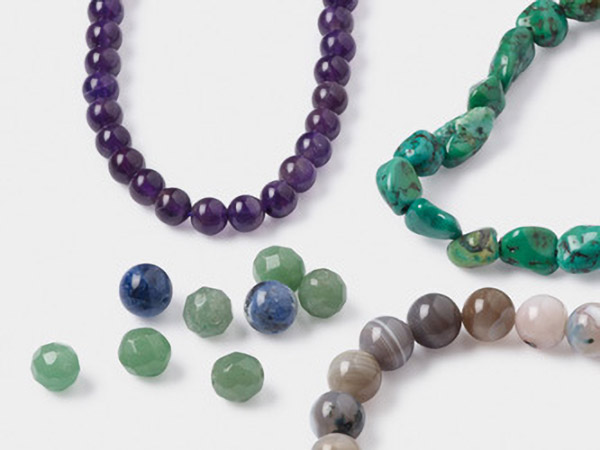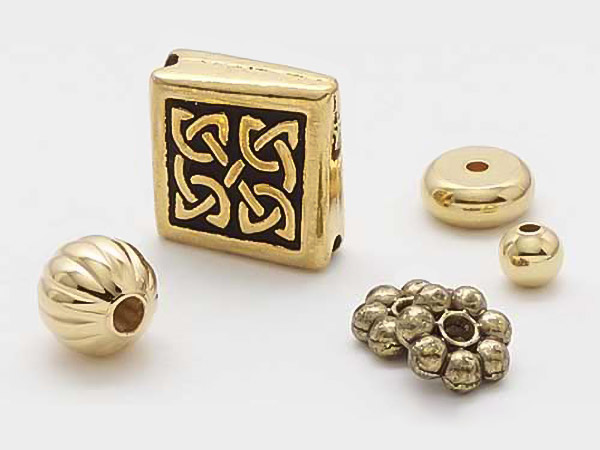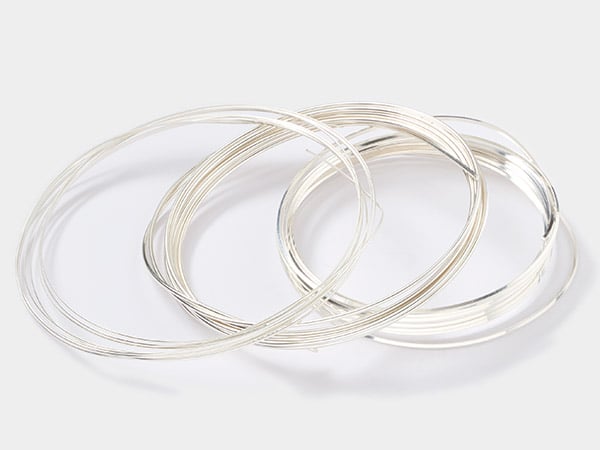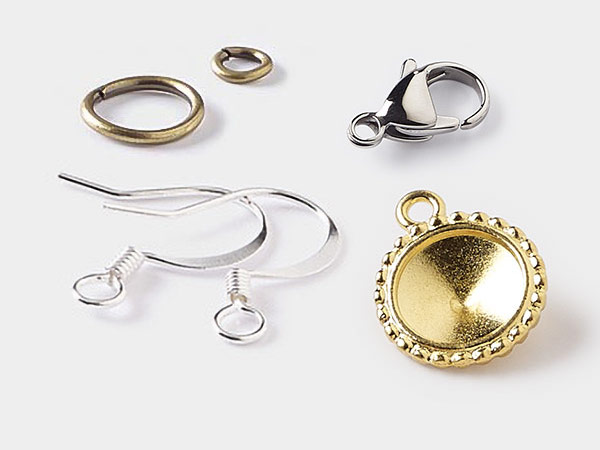12 Jewelry Myths Debunked
You've heard myths about jewelry before, whether it's that opals are bad luck or you can bite gold to see if it's real. We've gathered 12 popular jewelry myths to debunk so you have all the right information about the jewelry supplies you use to design or resell. Which do you know?
1. Opals Are Bad Luck
As it would turn out, opals were actually originally viewed as lucky. The Romans labeled opal as a precious gem, believing it to be a combination of the beauty of all precious stones. Caesars used to give their wives beautiful opals as good luck gems. The Victorian era was when this jewelry myth surfaced because France wanted to hurt the British opal trade. From there, superstition and associations with black magic sprang up, giving opals a rather unfortunate and completely undeserved negative reputation. Feel free to wear opals with complete confidence and treasure them for their fiery flash.
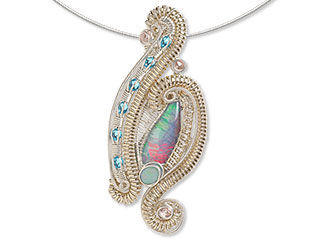
2. Diamonds Are the Rarest Gems
While some types of diamonds are incredibly rare, diamonds themselves are actually not. In 2005, the Guinness Book of World Records listed painite as the rarest gem mineral with fewer than 25 known specimens. Later, in 2011, the pink/purple gem star taaffeite was named the rarest of gemstones. Alexandrite is another gem considered rarer than diamonds. Despite this jewelry myth being untrue, diamonds are (obviously) still highly prized.

3. Diamonds are Indestructible
Or another way this myth is said: "diamonds can't be damaged." Diamonds are in fact the hardest mineral with a Mohs hardness of 10, but they are certainly NOT immune to harm. Diamonds can scratch other diamonds and they can crack if struck hard enough on a fracture point. There have even been cases of diamonds chipping during cutting or cleanings that include tightening of prong settings. Diamonds stand up to a lot, but it is still best to treat your diamonds with the care such a beautiful gem deserves.
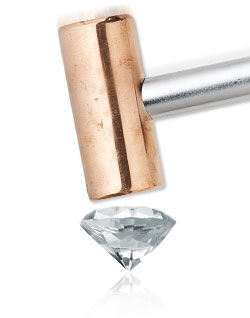
4. You Can Tell if a Diamond is Synthetic by Breathing on It
There seem to be a lot of diamond myths. This jewelry myth is also known as the ''breath test'' or ''fog test.'' Supposedly, because real diamonds have high thermal conductivity, if you breathe on it, the fog will almost immediately disappear. The problem with this test is other gems like moissanite and sapphire also have high thermal conductivity and would register as diamonds. There are also some amazing synthetic diamonds out there that just so happen to also have high thermal conductivity. You're much better off taking the gem to a trusted jeweler.
5. Zircons are Artificial Gems
This jewelry myth no doubt comes from the similarity in the sound of ''zircon'' and ''zirconia.'' Cubic zirconia is an artificial gem often used to emulate diamonds, but zircon is a precious gem itself. In fact, according to the GIA® (Gemological Institute of America), zircon is the oldest mineral on Earth, dated at 4.4 billion years old. Zircon occurs in a wide array of colors, including yellow, green, red and blue. The gem is loved for its brilliance and optical properties that are actually so similar to diamonds that the two gems have been confused for each other throughout history.
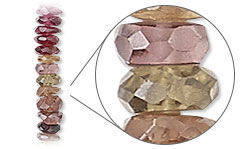
6. The Larger the Stone, the More Expensive It Is
While some people's motto may be ''the bigger the better,'' this phrase is not always true for gemstones as far as price. There are actually 4 main factors that determine overall value: clarity, cut, carat weight and color. As an example, a cloudy 5-carat emerald with muted color will be far less costly than a highly transparent and brightly saturated 1-carat emerald.
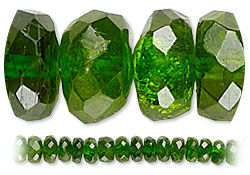
7. Precious Gems are More Expensive and Rare than Semiprecious Gems
A jeweler in the 19th century started describing gems as either precious or semiprecious to help market the four ''precious'' stones: diamond, ruby, sapphire and emerald. (Some people even include pearls and opal.) However, a lot of people in the gemstone industry tend to frown upon the terms because the distinction is basically meaningless. Some semiprecious stones are rarer or fetch a higher price than precious gems. Garnet is considered semiprecious, yet some tsavorite garnets have sold for as much as $10K a carat. Diamonds are labeled precious, but they are actually quite common and low-quality diamonds are available in quantity for as low as $1. The US Federal Trade Commission has even considered banning the commercial use of these terms to reduce consumer confusion.
8. You Can Bite Gold to Tell if It's Real
Okay, this jewelry myth has a tiny grain of truth, but it's highly recommended to NOT do this. The concept originated due to gold's malleability and old Hollywood movies perpetuated the idea. Gold is a soft enough metal that human teeth can leave a mark. The more pure the gold, the softer it is. The problem is there are other similarly soft metals that human teeth would also mar. Some unscrupulous characters even once painted lead with gold color to fool prospective buyers.
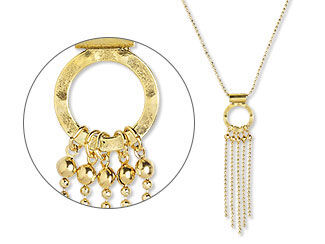
9. There are Different Colors of Natural Gold
You've no doubt seen yellow gold as well as advertised white gold and rose gold--we've even seen red, blue, green and some others. The only true gold though is yellow, and actually only 24 karat gold isn't a metal alloy. The other colors are made using gold as well as varying amounts of iron, silver, platinum, copper or aluminum to achieve the desired tones. So while the jewelry myth is debunked, this doesn't mean the varying golds aren't still beautiful and worth their weight in, well, gold.
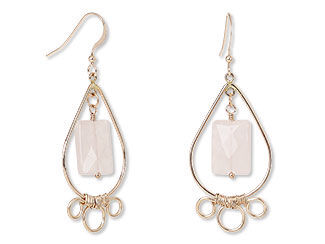
10. Pearls Easily Dissolve in Vinegar
It was once said that Cleopatra put pearls in vinegar to dissolve them at a banquet, and then drank it to prove to Marc Antony she could serve the most expensive meal of all time. This story could be true, but not as the original account explained. Pearls can dissolve in vinegar, but it takes quite a while--days, actually. If the vinegar is boiling, the process will speed up, but it would still take hours. If the pearl was ground up first, the powder would dissolve in a matter of minutes, so maybe that is what Cleopatra did first, but the detail was left out of the story. History may never know if Cleopatra really did drink dissolved pearls, but the myth is false as far as whole pearls quickly and easily dissolving in regular vinegar.
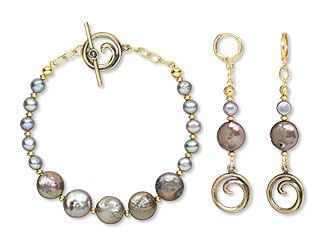
11. Pearls Only Form in Oysters
While on the subject of pearls, here's another myth. It's not true that pearls only come from oysters. While oysters are by far the most common bivalve mollusk pearls are found in, pearls can also form in some clams or mussels. In fact, Native Americans used to find pearls in clams of the Mississippi river and accompanying streams. Learn more about ''The Glorious Pearl'' to potentially dispel other pearl misconceptions.
12. You Can Use Toothpaste to Clean Jewelry
Toothpaste can actually damage gemstones (including diamonds) and metals. Gemstones with a low Mohs hardness can get surface abrasions from toothpaste. Porous gems such as opals and pearls will discolor and their prized luster will be dulled. To determine the actual method you should use to clean specific jewelry, consult our ''Jewelry and Jewelry Component Care Dos and Don'ts'' article as well as our ''Cleaning Jewelry with Liquid Cleaners'' video and instructions or ''Cleaning Metal and Jewelry with Polishing Cloths'' video and instructions. And, if you have a specific gemstone you're trying to clean, find it in our ''Gemstone Cleaning Chart'' or ''Gem Notes'' to see information pertinent to that gem.
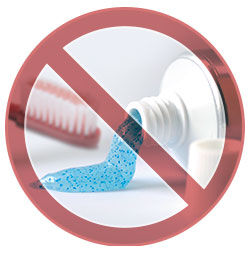
There are plenty of other jewelry myths out there, but these should be helpful in dispelling inaccurate information about some of your--or your customers'--favorite jewelry-making materials. And remember, don't bite your metal!
Shop for Your Materials Here:
Have a question regarding this project? Email Customer Service.
Copyright Permissions
All works of authorship (articles, videos, tutorials and other creative works) are from the Fire Mountain Gems and Beads® Collection, and permission to copy is granted for non-commercial educational purposes only. All other reproduction requires written permission. For more information, please email copyrightpermission@firemtn.com.
